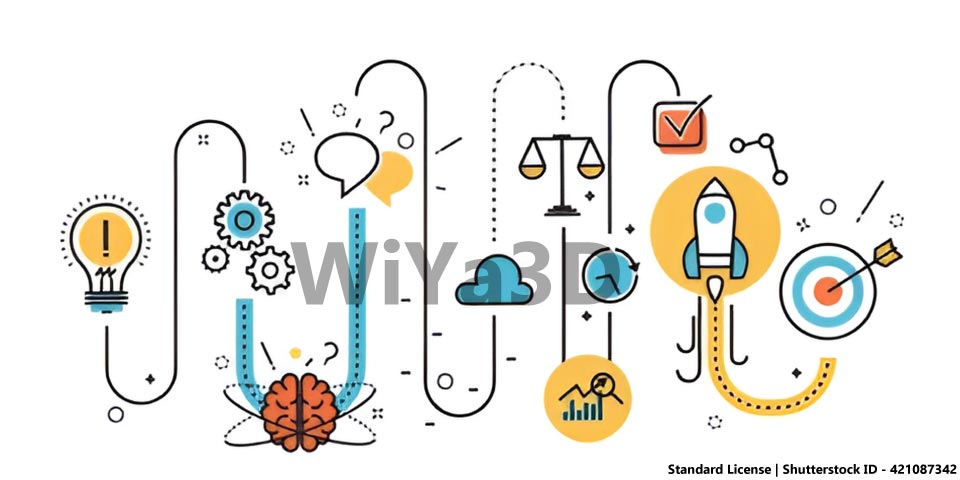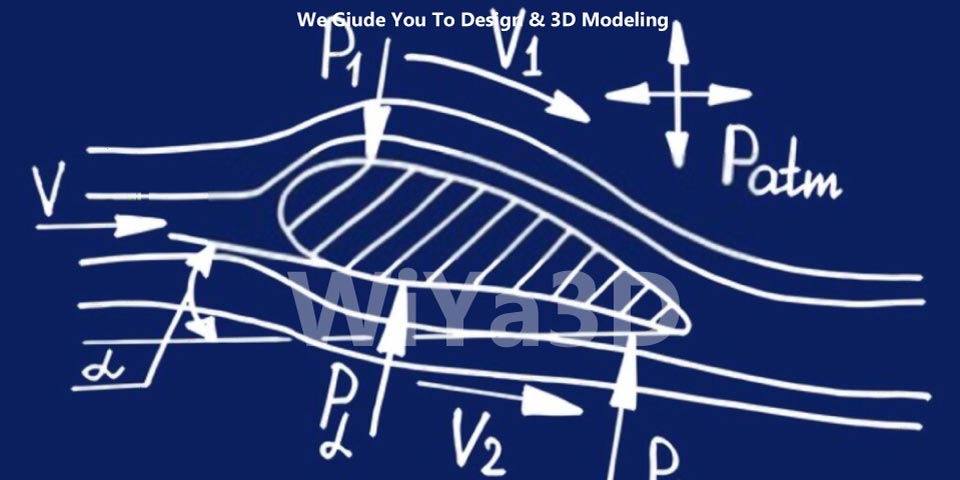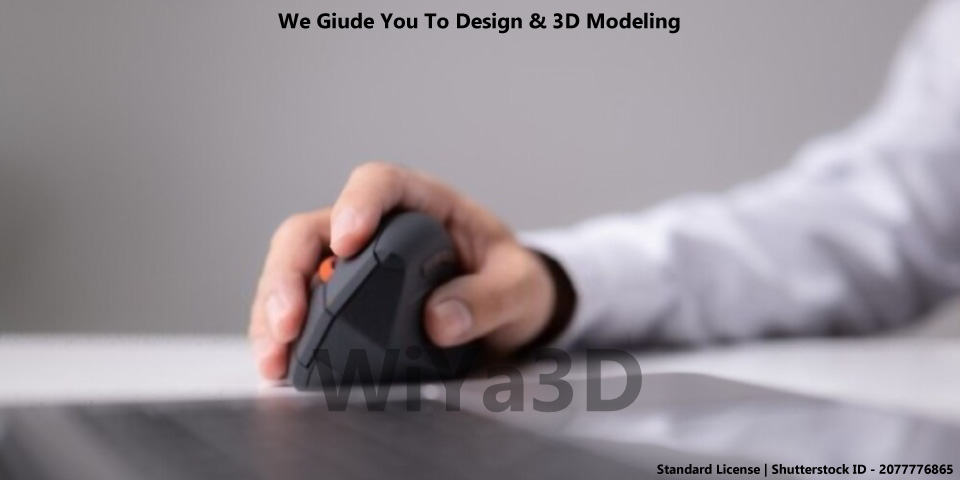In today’s fast-paced and competitive market, successful product design and development are critical for businesses to stay ahead of the curve. Creating innovative and user-centric products requires a well-defined approach and adherence to best practices throughout the development process. This article outlines the essential best practices and approach procedures for effective product design and development.
01. Market Research and Understanding User Needs
The foundation of a successful product lies in understanding the market and user needs. Comprehensive market research allows teams to identify gaps, assess competitors, and recognize emerging trends. Understanding user needs through surveys, interviews, and user testing helps in creating a product that solves real problems and resonates with the target audience.
02. Ideation and Conceptualization
During the ideation phase, product teams brainstorm and generate innovative ideas. This stage encourages thinking outside the box, exploring various concepts, and creating multiple prototypes. Collaborative workshops and design sprints can foster creativity and result in breakthrough ideas.
03. Prototyping and Testing
Prototyping is a critical step to visualize the concept and validate its functionality. Rapid prototyping allows teams to create quick, low-cost iterations to gather user feedback early in the process. Usability testing with real users helps identify usability issues, providing valuable insights for refinement.
04. Iterative Development
The product development process should be iterative, allowing for continuous improvement based on feedback and changing requirements. Agile methodologies are commonly employed, dividing the project into smaller sprints that deliver tangible results at the end of each cycle.
05. Cross-Functional Collaboration
Collaboration among cross-functional teams, including designers, developers, marketers, and stakeholders, is crucial for successful product development. Transparent communication and a shared vision enable teams to work cohesively towards a common goal.
06. User-Centric Design
A user-centric approach ensures that the product caters to the needs and preferences of its target audience. Conducting user testing and collecting feedback at every stage of development helps in making data-driven design decisions.
07. Quality Assurance and Testing
Robust quality assurance processes are vital to deliver a reliable and bug-free product. Rigorous testing, including functional, usability, and performance testing, helps identify and rectify issues before the product launch.
8. Scalability and Future-Proofing
While developing a product, considering scalability and future requirements is essential. A flexible architecture and the ability to adapt to changing technologies and market demands can extend the product’s life and reduce long-term costs.
9. Time-to-Market and Budget Management
Efficient time and budget management are crucial for the success of any product development project. Setting clear milestones, tracking progress, and having contingency plans in place can help manage both time-to-market and budget constraints.
10. Post-Launch Monitoring and Support
Once the product is launched, continuous monitoring and support are necessary to gather user feedback and assess performance. Regular updates and bug fixes ensure the product remains relevant and reliable, enhancing customer satisfaction.
Conclusion
Developing a successful product requires a well-structured approach and adherence to best practices. From conducting thorough market research and understanding user needs to post-launch support, every stage of the product development process plays a crucial role in creating innovative and user-centric solutions. By embracing cross-functional collaboration, user-centric design, and iterative development, businesses can enhance their chances of launching a successful and competitive product in the market.
Remember, the product development process is not linear, and it’s essential to remain adaptable and open to change. By continually seeking feedback and improvement, businesses can build products that resonate







